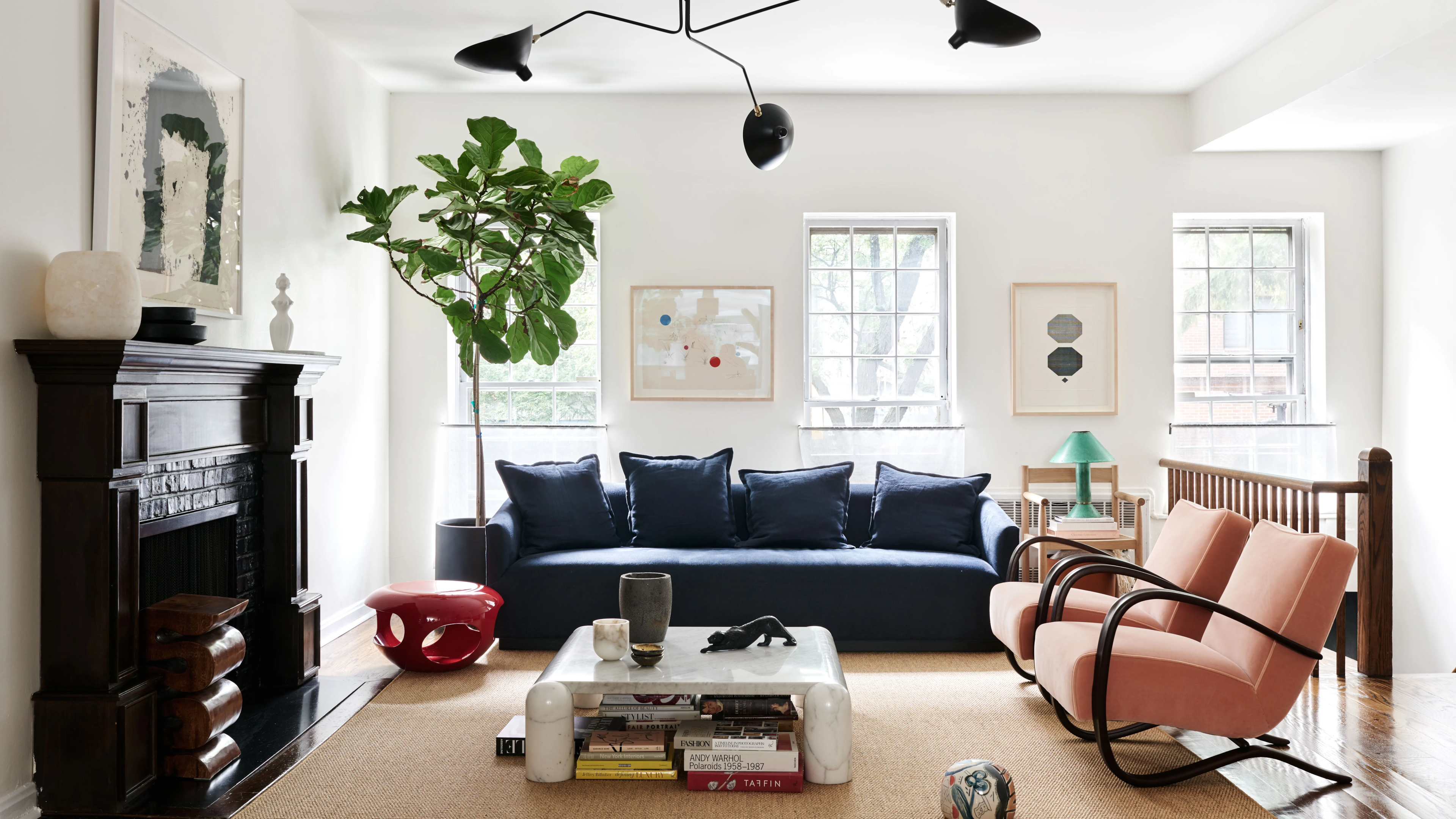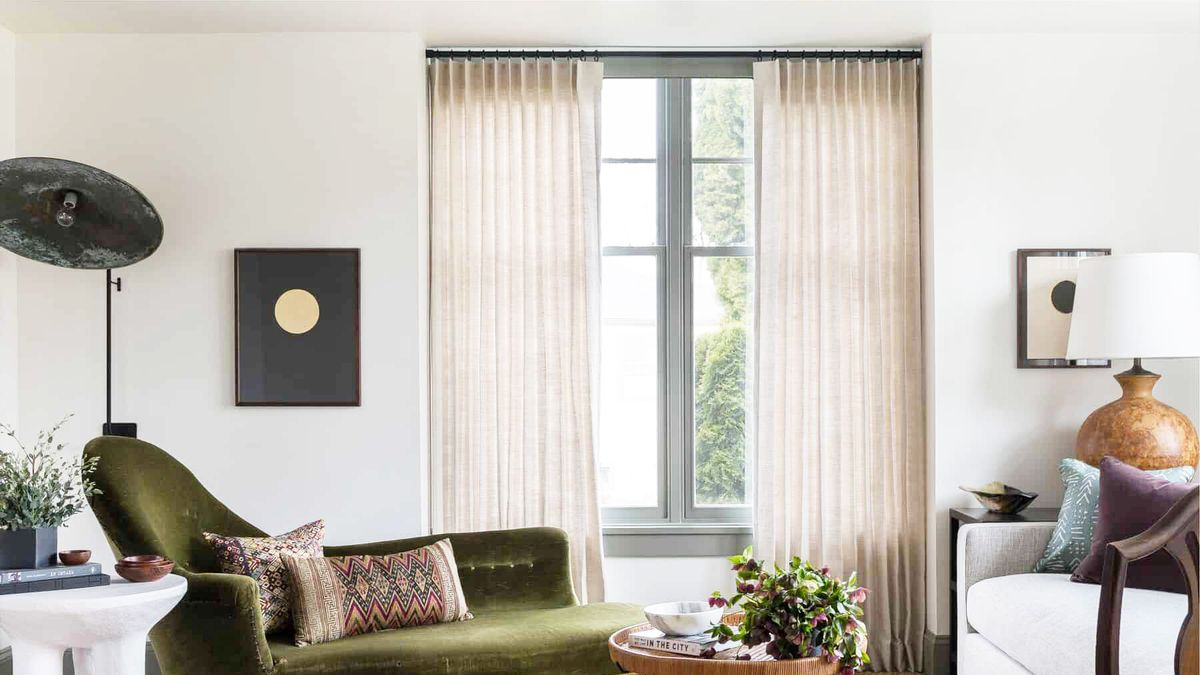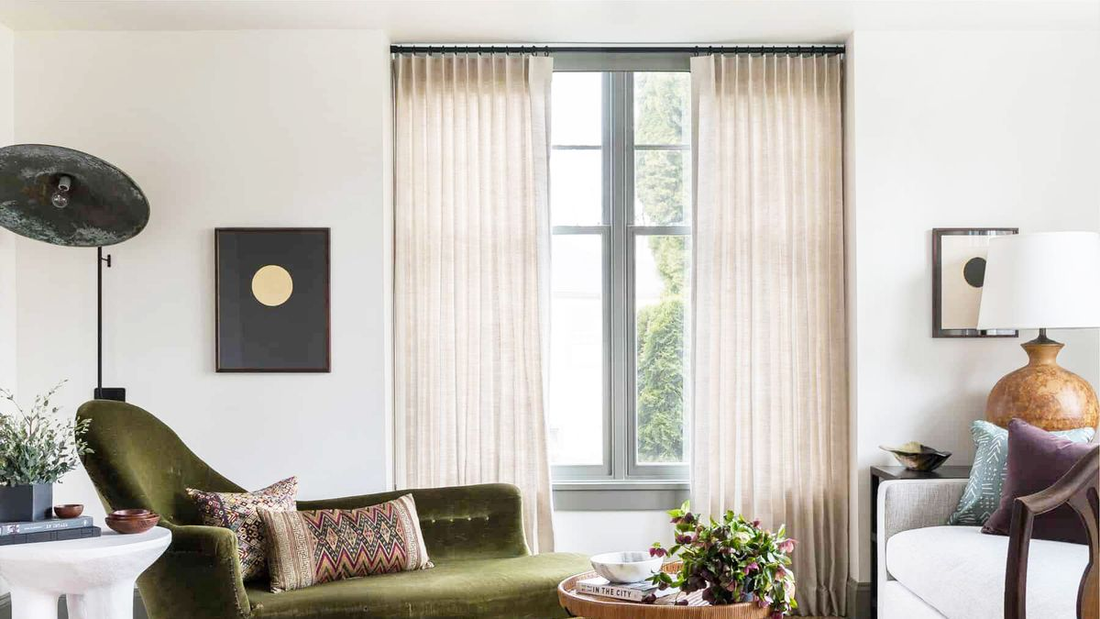Layering light is a key element in creating a well-lit and inviting living space. It involves using multiple sources of lighting, such as overhead fixtures, lamps, and natural light, to create a balanced and functional environment. This technique not only adds dimension to a room but also allows for different lighting options depending on the time of day or desired ambiance.
In this guide, we will discuss tips and tricks for layering light in your living space. From choosing the right fixtures to utilizing natural light, you'll learn how to create a beautiful and functional lighting design that will enhance any room.
What is Layering Light?
Layering light is the practice of using various sources and types of lighting in a room to create a balanced and inviting atmosphere. It involves incorporating ambient, task, and accent lighting to achieve the desired level of illumination and ambiance. Each layer serves a specific purpose, working together to provide both functionality and aesthetics.
Ambient lighting refers to the general or overall illumination in a room, typically provided by overhead fixtures or natural light. It serves as the base layer for lighting and sets the tone for the rest of the layers.
Task lighting is used to provide focused and specific illumination for activities such as reading, cooking, or working. This can be achieved through the use of table lamps, floor lamps, or under-cabinet lights.
Accent lighting is used to highlight and add visual interest to specific areas or objects in a room. This can be achieved through the use of spotlights, track lighting, or wall sconces.
By combining these three types of lighting, you can create a dynamic and layered effect that not only illuminates your living space but also adds depth and dimension to it. So, layering light is an essential design element that can transform any room into a welcoming and functional space.
Tips for Layering Light

There are several tips and considerations to keep in mind when layering light in your living space. These include:
Start with a plan
Before you start adding lights to your living space, it's important to have a plan in place. Take some time to assess the room and its function. Consider the activities that take place in the room and how lighting can enhance them. This will help determine which types of lighting are needed and where they should be placed.
Plus, having a plan will ensure that you don't end up with too much or too little lighting in the room. It's important to strike a balance between functionality and aesthetics plus, having a plan will also help you stay within your budget and make the most out of your lighting choices.
Consider the room's function
The function of the room should play a significant role in the type and placement of lighting. For example, a living room may require ambient lighting for gatherings and task lighting for reading or watching TV. A kitchen may need task lighting for food preparation and ambient lighting for dining. By considering the room's function, you can choose the appropriate types of lighting to achieve your desired outcome.
Additionally, for rooms with multiple functions, such as a home office and guest bedroom, it may be necessary to have different lighting options that can easily be adjusted for each use. Also, consider any specific activities that take place in the room, such as crafting or exercising, and incorporate task lighting accordingly.
Mix and match light sources
To create a layered effect, it's important to mix and match different types of light sources. This can include combining overhead fixtures with table lamps, floor lamps, or wall sconces. By using various light sources, you can create different levels of brightness and ambiance in the room.
It's also important to consider the color temperature of each light source. Mixing warm and cool tones can add depth and interest to a space. Just be sure to choose bulbs with similar color temperatures for each fixture to avoid a mismatched look.
Also, don't be afraid to mix different styles and designs of light fixtures. This can add personality and character to a room while still achieving a cohesive look.
Incorporate dimmers and controls
In addition to using various types of lighting, incorporating dimmers and controls is essential for layering light effectively. Dimmers allow you to adjust the brightness of a light source, creating different levels of lighting for different activities or moods. This is especially useful in rooms that have multiple functions.
Additionally, consider installing smart lighting controls that can be adjusted remotely or programmed on a schedule. These can help save energy and create convenience in your daily routine.
Plus, having dimmers and controls allows for flexibility in your lighting design. You can easily switch up the ambiance of a room by adjusting the brightness of different light sources.
Utilize natural light
Natural light is a valuable source of illumination that should not be overlooked when layering light in your living space. It adds a warm and inviting glow to a room and can help reduce the need for artificial lighting during the day.
When incorporating natural light into your design, consider the direction of windows and how sunlight enters the room. You may need to use sheer curtains or blinds to soften harsh sunlight or strategically place mirrors to reflect light into darker corners.
Also, be aware of how natural light changes throughout the day and adjust your artificial lighting accordingly. This can help maintain a balanced and cohesive look throughout the day.
Don't forget about light positioning
The positioning of your light sources plays a significant role in creating an effective layered lighting design. Consider where shadows may fall and aim to have multiple light sources in different areas of the room to avoid any dark corners.
Also, consider the height at which lights are placed. Overhead fixtures should be installed at a higher level, while task lighting should be closer to eye level.
Additionally, consider using light fixtures that have adjustable arms or heads so you can direct the light where it's needed most. This is especially useful for task lighting and highlighting specific areas or objects in a room.
Add in decorative lighting elements
Lastly, don't forget to incorporate decorative lighting elements into your design. These can include chandeliers, pendant lights, or statement lamps that add a touch of style and personality to the room.
When choosing decorative lighting, consider the overall aesthetic of the room and choose fixtures that complement it. For example, a modern living space may benefit from sleek and minimalist lighting, while a traditional room may call for more ornate fixtures.
Additionally, decorative lighting can also serve as a focal point in the room. Just be sure to balance it out with other types of lighting to avoid overwhelming the space.
Can't stress enough the importance of lighting
Lighting is often an overlooked aspect of room design, but it plays a crucial role in creating a comfortable and functional living space. By carefully considering the function of the room, mixing different light sources, incorporating dimmers and controls, utilizing natural light, and strategically positioning lights, you can achieve a well-layered lighting design.
Furthermore, lighting also has a significant impact on mood and ambiance. Bright and harsh lighting can create a sense of discomfort, while warmer and dimmer lighting can promote relaxation. This is especially important in spaces like bedrooms and living rooms, where we spend most of our time at home.
Moreover, incorporating decorative lighting elements adds personality and character to a room, making it feel more inviting and unique. It's also worth mentioning that proper lighting can enhance the overall aesthetic of a space, highlighting its design elements and creating a visually pleasing atmosphere.
Should lighting be considered during the initial room design process?

Absolutely! Lighting should not be an afterthought when designing a room. It's essential to consider lighting options and placement during the initial design process, as it can have a significant impact on the overall look and feel of the space.
By incorporating lighting into the initial design plans, you can ensure that the right type of lighting is chosen for each area of the room, and the necessary wiring and outlets are in place. This will save time and money in the long run, as it can be challenging to make changes once a room is fully furnished.
Furthermore, considering lighting during the initial design process allows for more cohesive and intentional design choices. The placement of windows, furniture, and other elements can be strategically planned to optimize natural light and complement artificial lighting sources.
Tips for achieving a well-layered lighting design
There are a few key tips to keep in mind when trying to achieve a well-layered lighting design. Here are a few to consider:
1. Understand the function of the room and choose lighting sources accordingly. Task lighting for reading or cooking, ambient lighting for overall illumination, and accent lighting for highlighting specific areas.
2. Mix different types of light sources such as overhead fixtures, table lamps, and wall sconces to create depth and balance in the room.
3. Utilize dimmers and controls to adjust lighting based on the time of day and desired ambiance.
4. Consider natural light sources and how they can be incorporated into the design.
5. Be mindful of light positioning to avoid dark corners and shadows.
6. Incorporate decorative lighting elements that not only add style but also serve a function in the room.
7. Plan for lighting during the initial design process to ensure proper placement and wiring.
By following these tips, you can achieve a well-layered lighting design that not only enhances the functionality of a space but also adds personality and aesthetic appeal. Remember, lighting is an essential aspect of room design that should not be overlooked.
Visit Bari Decor for all your home decor needs
Bari Decor offers a wide range of home decor products to elevate the aesthetic of modern interiors. Our collections include European imported doors, modern electric fireplaces, Bari bathroom Collezioni, and lighting selections. We specialize in Italian designs imported from Europe to add visual elegance and style to any space.
Choose from our featured products such as sliding French pocket doors with clear or frosted glass, solid French pocket doors with decorative panels, modern interior swing and sliding barn doors, sturdy barn doors with opaque or frosted glass, and more.
Our custom interior doors are designed to suit your specific needs and style. Plan for lighting during the initial design process and incorporate dimmers and controls for adjustable ambiance. Trust Bari Decor for all your decor needs and create a well-layered lighting design that adds both functionality and personality to your space. You can reach us at (800) 301-9454 or info@baridecor.com. Visit our website today!
FAQs
How can I use ambient light effectively in my living space?
To use ambient light effectively, incorporate a combination of overhead lighting and large light fixture that provide a soft, even glow throughout the room. This base layer of lighting sets the overall mood and illuminates the space without harsh shadows, creating a welcoming atmosphere.
What are the best task lighting fixtures for a living room?
The best task lighting fixtures for a living room include floor lamp and table lamps strategically placed near seating areas or beside a reading chair. These lights should be focused enough to facilitate activities like reading or crafting without straining the eyes, complementing the ambient light sources.
How can I incorporate accent lights to enhance my living space?
Incorporate accent lights to highlight architectural features or artwork in your living room. Use wall sconces, directed track lighting, or even small spotlight fixtures to create focal points and add depth to the room. This layer interacts with the ambient and task lights to enhance the overall aesthetics of the space.
What is the importance of layering lighting in a living space?
layer lighting in a living space is crucial for creating a versatile and functional environment. By combining ambient light, task lights, and accent lights, you can tailor the brightness and mood of the room for different activities and times of the day, ensuring that each area of the room is well-lit according to its use.
Conclusion
Lighting is a crucial aspect of room design that should not be overlooked. By considering the function of the room, mixing different light sources, utilizing natural light, and incorporating decorative lighting elements, you can achieve a well-layered lighting design that enhances the functionality and aesthetic appeal of your space.
It's also important to plan for lighting during the initial design process to ensure proper placement and wiring. Don't forget to mix in dimmers and controls for adjustable ambiance, and consider incorporating Bari Decor's modern interior doors and lighting selections for a cohesive and stylish look. Visit our website or contact us today to learn more about our European imported doors and other home decor products!

